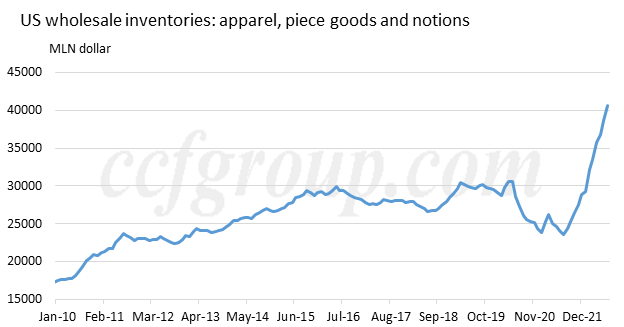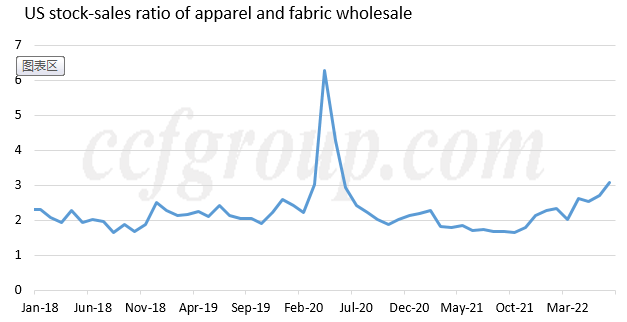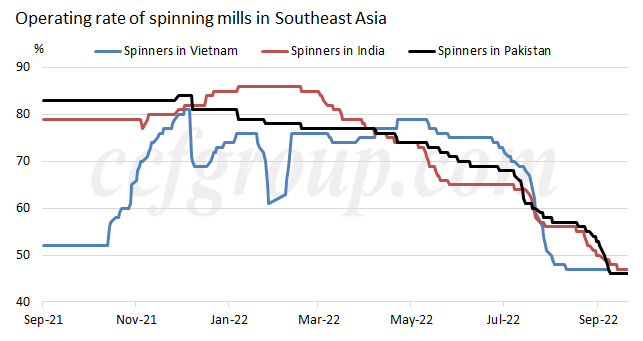Polyester: pessimistic in end-user demand during November-December
Downstream demand has improved seasonally from end-Aug/early-Sep but overall business is still worse than the same period of past years. Currently, export orders and home textile market grow softly. Seasonally increasing domestic demand for apparels is hard to push up overall downstream demand. Sep and Oct are traditional peak season, while it has been late-Sep. In addition, National Day holiday (Oct 1-7) will come soon. Therefore, the "peak season" may only last near one month the most.
End-user demand in Sep and Oct gradually has a clear trend, which is expected to rise on the month but present mild on the whole, unlikely to hit expectation. The durability of demand, downstream orders and operating rate change should be noted. Pessimistic view is held toward end-user demand for textiles in Nov and Dec.
By convention, Nov will see a lack of demand: Domestic orders will enter tail-in stage while the export orders have not been placed. Dec and Jan are time for the placement of export orders and domestic orders for spring products in the coming new year. Part of these orders will be finished before the Spring Festival holiday and the rest will be done after holiday, which will support the operating rate of downstream plants before the Spring Festival holiday to a certain extent.
However, the situation is different this year. Firstly, the placement of orders for next season’s spring fabrics is estimated to keep cautious. It is because players worry the selling cycle of spring apparels may be shorter affected by the spread of pandemic. After all, sales of spring apparels is meant to be short. Secondly, export may be grim. Consumption witnesses falling growth rate outside China amid high inflation and high inventory burden. Taking US as an example, the stocks of apparel and fabric wholesaler greatly surged, far higher than the pre-pandemic level. Meanwhile, the stock-sales ratio of wholesaler also soared substantially, obviously exceeding pre-pandemic level.


Apparel and fabric wholesalers encounter big inventory burden in US and Europe and players are forced to curtail forward orders and retard picking-up. Although the exports of textiles and apparels of textiles and apparels remain high in Southeast Asia, the operating rate of spinning mills there has slumped in recent months, indicating inadequate orders.

According to the latest data from China customs, exports of textiles and apparels were at 30.976 billion Yuan in Aug, up 2.88% y-o-y. Exports of textiles were at 12.490 billion Yuan, down 0.23% on the year, and those of apparels were at 18.486 billion Yuan, up 5.10% on annual basis. Bad export of textile and apparels in the first half of year started being reflected from the customs data in the second half of year. The growth rate has been reduced to one-digit level. Export data tends to fall apparently in the second half of 2022 according to our assessment. Export orders from South America and Middle Asia were moderate, while those from US and Europe remained limited.
In general, after traditional peak season in Sep and Oct, pessimistic view is held toward end-user demand in Nov and Dec. Downstream plants are likely to start holiday for Spring Festival earlier this year when the Spring Festival holiday is in Jan, earlier than past years, and there is pressure in recouping capital. In addition, downstream plants may not resume operation too early after holiday due to insufficient orders at hand. From this angle, polyester companies may hope to reduce stocks in Sep and Oct. If the performance of peak season is worse than anticipated, they may be forced to scale down production even during the traditional peak season. Whether there will be policies to stimulate demand after the 20th National Congress of the Communist Party of China should be noted, which may impact domestic demand expectation in 2023.
- Top keywords
- Cotton Price
- Cotton Futures Price
- Cotton Futures
- CZCE
- PTA Futures Price
- Chemical Fiber
- Polyester Prices
- Wool price
- PTA Futures
- Shengze Silk
- China
- Yarn Price
- price
- China Textile City
- Fibre Price
- Benzene Price
- Cotton
- Index
- Cotton Index
- PTA
- fabric price
- NYMEX
- Top 10
- textile industry
- Spot Cotton
- Cotton Yarn
- Polyester Price
- Futures
- PTA Price
- cotton yarn price

